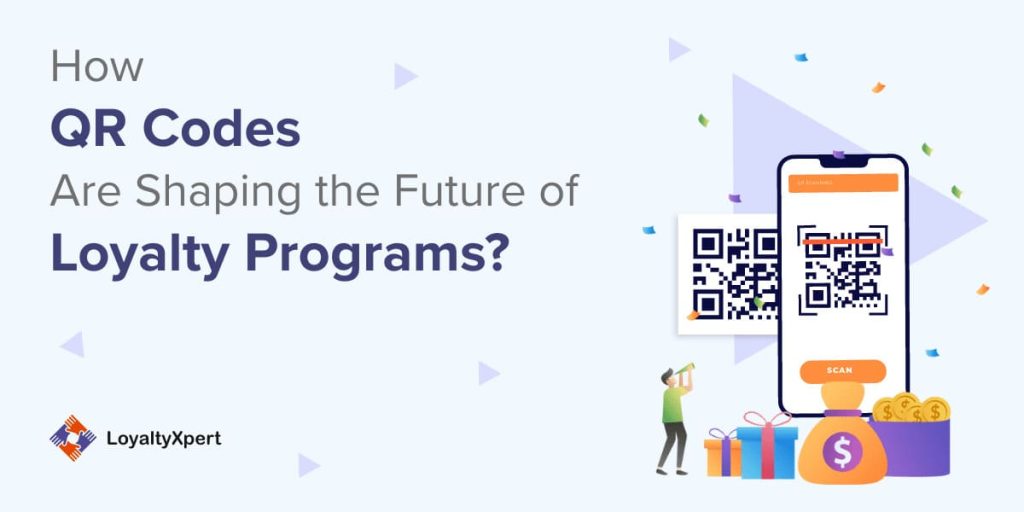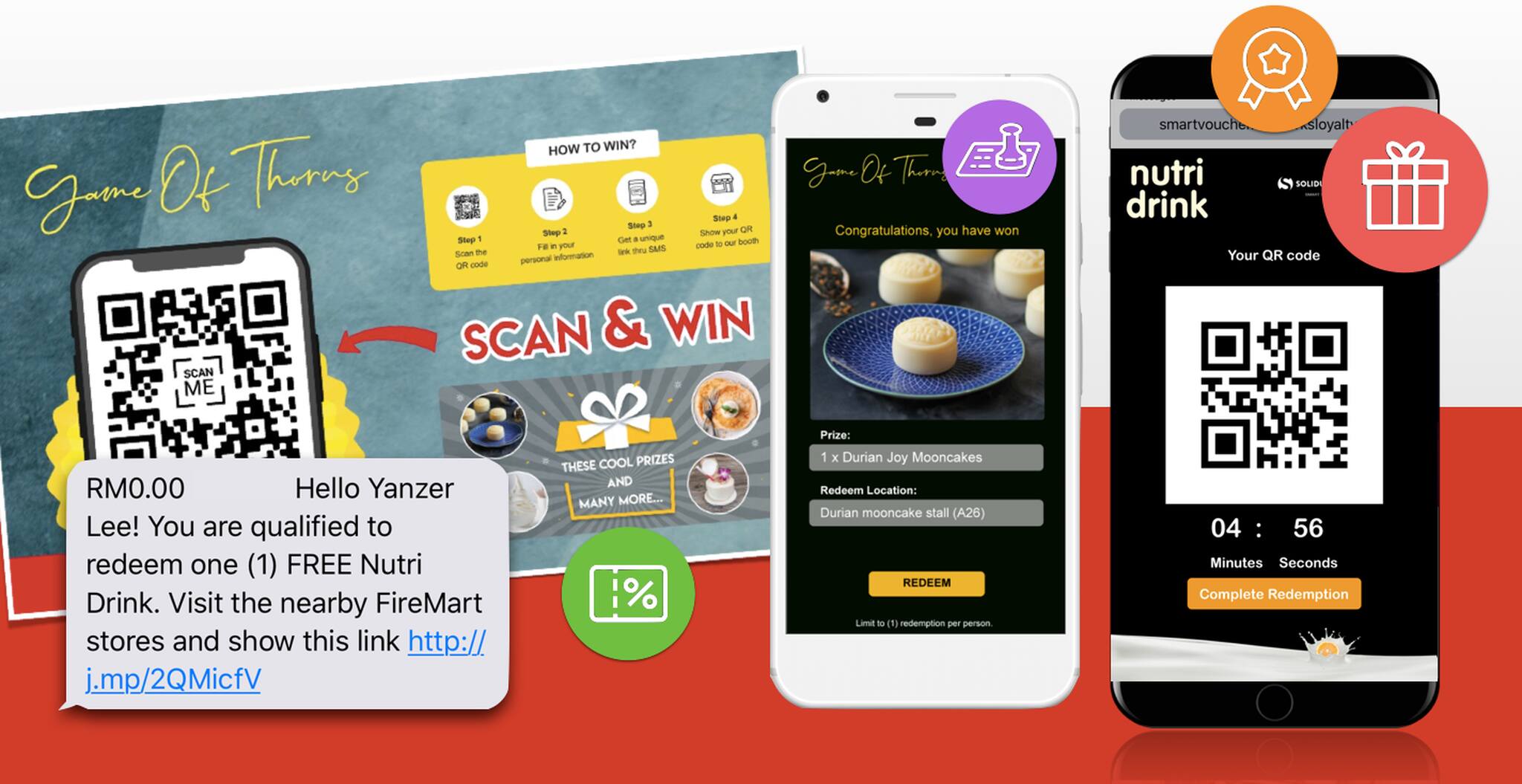Why Every Company Must Have a Loyalty System to Compensate Consumers
Why Every Company Must Have a Loyalty System to Compensate Consumers
Blog Article
Loyalty System Insights: Rewarding Consumers and Growing Your Brand Name
Commitment programs have actually developed past mere transactional incentives; they currently act as tactical tools for cultivating deeper customer relationships and enhancing brand name commitment. By comprehending the nuances of various incentive systems, organizations can tailor their methods to meet diverse consumer preferences. The influence of a well-implemented commitment program prolongs beyond consumer retention, driving advocacy and shaping brand name perception in an affordable marketplace. The performance of these programs pivots on certain involvement strategies and quantifiable outcomes. What crucial variables should brand names think about to optimize their commitment efforts?
Comprehending Loyalty Programs

By assessing this information, services can customize their offerings to better meet customer requirements, producing a much more personalized buying experience. This personalization is crucial in building trust and emotional links, which are vital for brand name loyalty. Loyalty programs can improve client involvement with special offers, benefits, and experiences that resonate with customers, strengthening their dedication to the brand.
Additionally, loyalty programs can add to enhanced customer life time worth, as loyal and satisfied customers are most likely to make regular purchases and refer others. Ultimately, when executed effectively, commitment programs not only incentivize instant sales however also cultivate a community of brand name supporters, thus driving sustainable growth for companies in a competitive industry.
Sorts Of Compensate Solutions
Various types of reward systems exist within loyalty programs, each created to satisfy different customer preferences and company objectives. One preferred approach is the points-based system, where customers make factors for each purchase, which can later be retrieved for items or price cuts. This design urges repeat deals and cultivates a sense of achievement as clients collect factors.
One more efficient kind is tiered incentives, which incentivizes clients to get to higher degrees of commitment. As clients proceed through rates, they open significantly useful benefits, thus enhancing customer interaction and retention. This system compensates both preliminary costs and ongoing loyalty, making customers feel valued.
Cashback incentives are likewise common, supplying clients a percentage of their acquisition back as cash or debt. This straightforward strategy interest price-sensitive customers and can drive a lot more frequent acquisitions.
Last but not least, experiential rewards give special experiences, such as exclusive events or very early access to products. These incentives create remarkable interactions with the brand name, fostering deeper psychological connections.
Each of these systems uses distinct advantages, allowing businesses to tailor their commitment programs to straighten with their consumer demographics and strategic goals.

Benefits of Applying Loyalty Programs
Executing loyalty programs uses numerous benefits that can considerably improve an organization's partnership with its consumers. By fulfilling repeat purchases, services foster a feeling of belonging, encouraging clients to return more often.
Moreover, loyalty programs enable services to accumulate beneficial information on customer choices and acquiring behaviors. This info can be analyzed to customize advertising efforts, bring about more personalized and reliable projects. The insights obtained can assist services identify trends, optimize item offerings, and improve customer contentment.
Additionally, loyalty programs commonly create an affordable edge in crowded markets. By developing a solid commitment framework, companies can differentiate themselves, bring in customers that focus on brands that worth their commitment.
Finally, a well-structured commitment program can promote brand campaigning for. Dedicated clients are most likely to recommend a brand to others, successfully turning them right into brand ambassadors. To conclude, carrying out loyalty programs is a calculated step that can yield considerable advantages, ultimately driving long-term company growth and success.
Approaches for Efficient Interaction
Effective involvement is critical for making best use of the advantages of loyalty programs and making sure sustained customer rate of interest. Loyalty System. To foster purposeful connections, services ought to adopt a multi-faceted method that emphasizes value, customization, and interaction
First, leveraging client information to create customized experiences boosts involvement. By analyzing purchase background and preferences, brand names can use personalized benefits or recommendations that reverberate with individual clients. This targeted technique not only boosts complete satisfaction but additionally description motivates repeat communications.
Second, normal and clear interaction is essential. Using numerous channels, such as e-mail e-newsletters, social media, and mobile apps, ensures clients are informed regarding promos, incentives, and program updates. Consistent messaging keeps the brand name top-of-mind and enhances the value of loyalty engagement.
Lastly, incorporating gamification elements can dramatically improve involvement. Functions such as factor accumulation, challenges, and tiered incentives produce a feeling of success and exhilaration, encouraging consumers to involve even more actively with the program.
Integrating these techniques cultivates a dedicated client base, driving next continual development and brand fondness while making best use of the potential of commitment programs. By concentrating on efficient interaction, organizations can enhance links and improve the overall client experience.
Gauging Success and ROI
To precisely assess the efficiency of loyalty programs, services need to establish clear metrics for measuring success and return on financial investment (ROI) Trick performance signs (KPIs) such as customer retention rate, typical order worth, and the frequency of repeat acquisitions provide measurable insights right into program performance.
Additionally, tracking the overall effect on client life time worth (CLV) is essential. An effective commitment program should enhance CLV by fostering client commitment and motivating repeat deals (Loyalty System). Businesses should likewise take into consideration the price of applying and preserving the program against the income produced via devoted customers
One more useful strategy is to evaluate customer engagement metrics, such as engagement rates in commitment activities and the redemption of incentives. This data permits companies to refine their offerings and enhance consumer experiences.
In addition, making use of advanced analytics and client feedback can better support the analysis of commitment program effectiveness. By incorporating qualitative insights with quantitative information, services can change techniques to optimize efficiency. Ultimately, a thorough dimension structure will make it possible for organizations my explanation to comprehend truth value of their loyalty programs and make informed choices for future growth.
Conclusion
Finally, loyalty programs work as an important system for boosting client engagement and promoting brand loyalty. By using various benefit frameworks and customized motivations, services can efficiently accommodate varied customer choices. The calculated application of these programs not just enhances client retention however additionally changes satisfied consumers right into advocates, contributing to brand name growth and competitive benefit. Inevitably, the effective execution of loyalty systems contributes in making the most of consumer life time worth and attaining long-term organizational success.
Commitment programs have evolved beyond plain transactional rewards; they now serve as calculated tools for cultivating deeper consumer relationships and enhancing brand loyalty. As consumers progress through tiers, they open progressively useful benefits, thereby enhancing client involvement and retention. An effective commitment program must boost CLV by promoting client commitment and encouraging repeat purchases.In conclusion, commitment programs serve as an important mechanism for enhancing customer engagement and cultivating brand name commitment. The calculated application of these programs not only enhances customer retention yet additionally changes completely satisfied clients right into supporters, adding to brand growth and competitive benefit.
Report this page